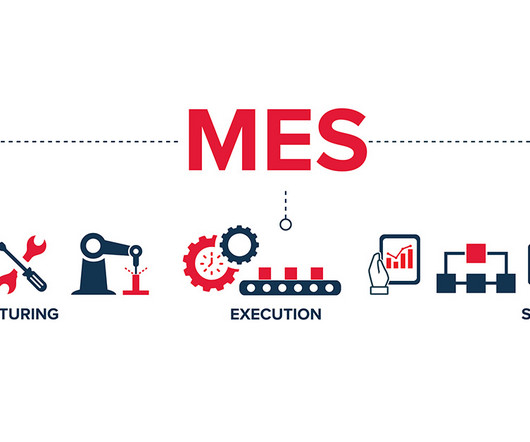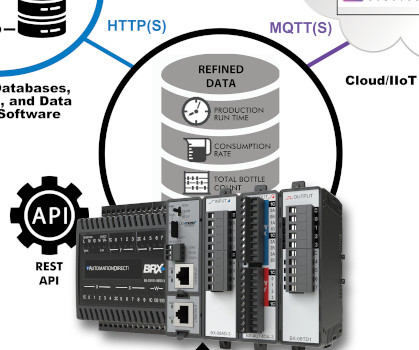Top 16 Frequently Asked Questions About Manufacturing Execution system (MES)
Factory Worx
APRIL 21, 2022
Top 16 Frequently Asked Questions About Manufacturing Execution system (MES). The manufacturing industry, like any other industry, is rapidly expanding. Successful manufacturing businesses are adaptable and consistently improve their overall operating efficiency. Read Our Blog.












Let's personalize your content